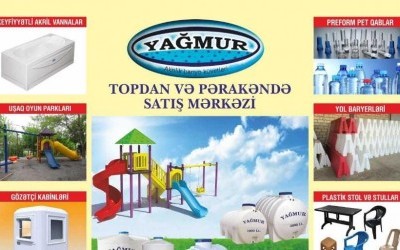Playgrounds
Children&single_quot;s playgrounds are specially designed areas or spaces intended for the entertainment, physical activity, and play of children. They play a crucial role in a child&single_quot;s development by providing a safe and structured environment for learning and social interaction. Here are the key aspects of children&single_quot;s playgrounds:
-
Play Structures: Children&single_quot;s playgrounds are typically equipped with various play structures such as swings, slides, carousels, seesaws, rock climbing walls, and balance platforms.
-
Safety: Ensuring the safety of children on the playground is a top priority. The surfaces under play structures are usually covered with soft materials to prevent injuries from falls. Good visibility is also provided for adult supervision.
-
Development: Children&single_quot;s playgrounds contribute to the physical, social, and cognitive development of children. They help develop motor skills, strength, balance, and social skills.
-
Design: Children&single_quot;s playgrounds can have different designs, including themed playgrounds designed to resemble specific themes such as space, jungle, or fantasy worlds.
-
Inclusivity: Modern children&single_quot;s playgrounds are often designed with inclusivity in mind, providing access for children with disabilities and incorporating play structures suitable for various age groups.
-
Educational Elements: Some children&single_quot;s playgrounds include educational elements such as interactive games or boards with numbers and letters, allowing children to play and learn simultaneously.
Children&single_quot;s playgrounds are an integral part of public infrastructure in cities and suburbs, providing children with opportunities to grow and interact in a safe and enjoyable environment. They contribute to fostering healthy and active youth and strengthening social bonds within communities.




